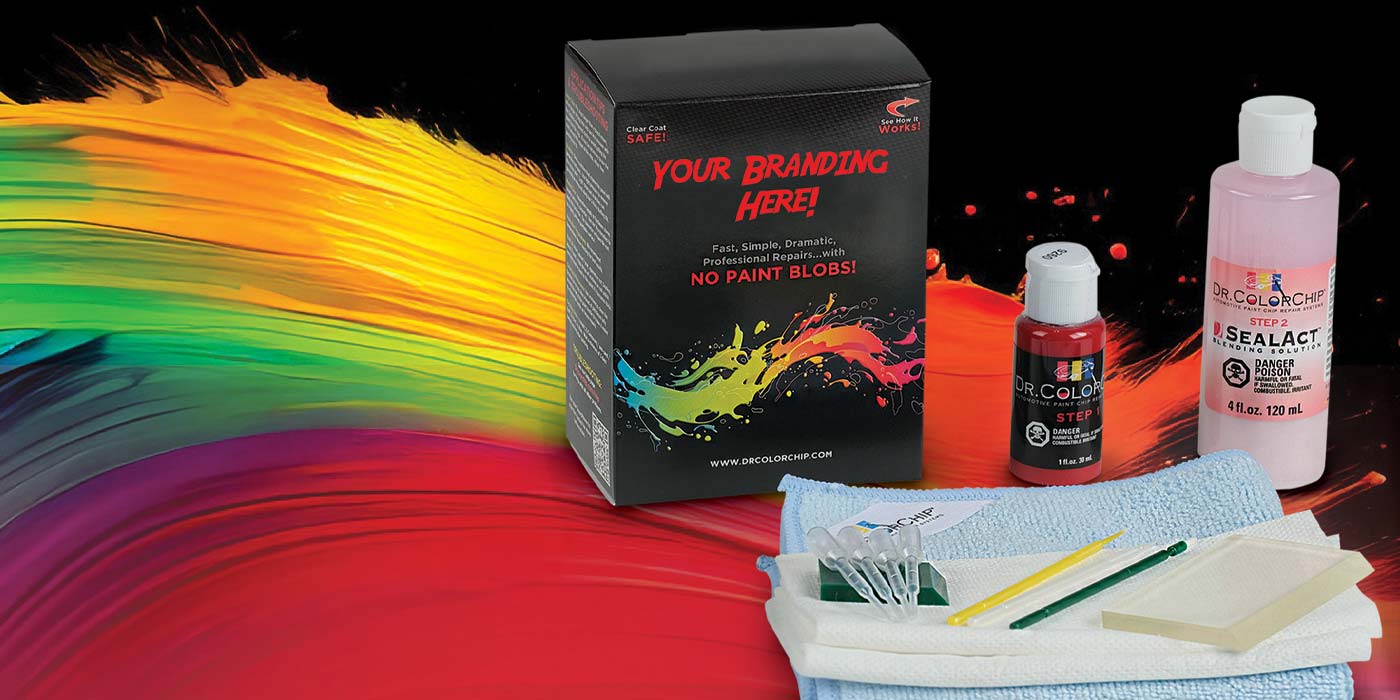One-on-one meetings are one of the most effective leadership tools we have. Little is more impactful than touching our front-line team to get valuable feedback on what’s really going on. However, this is not just an accountability session for the F&I manager. Store leadership must have the discipline to ensure the get-together makes it onto the high-priority side of the “To Do” list. So, what is the goal of the meeting and how often should it occur?
One-on-one meetings with F&I should be part of the daily routine with a more comprehensive review once a week. This reinforces to the team that their efforts are valuable to the enterprise and that the end result isn’t the only thing that matters. The meetings are designed to help them take ownership of their results, identify areas of growth and create a plan for improvement. Consultative questions will lead the F&I manager to reach their own conclusions, rather than leadership doing it for them.
A quality one-on-one should be centered around five main components:
1. The Scoreboard
2. Reviewing the Game/Compliance
3. Game Preparation
4. Reward
5. Cash Flow/Chargebacks
The Scoreboard
The “scoreboard” represents a measuring of the current or recent results against intended goals or profit plan. While making this comparison, pay specific attention to not only the average backend gross per deal (PRU or PVR), but also how much of that profit was generated from product sales, along with how many products were sold per deal. This is the metric F&I has the most influence over and, therefore, should be held accountable to. Other metrics to evaluate include product penetration percentages and the average profit compared to the profit plan.
Reviewing the Game
After reviewing the scoreboard, dive into the “game” and evaluate what led to the results. Examples of questions to ask include:
• Has the producer been following a consistent process?
• Are they taking time to understand the customer’s needs prior to providing a solution?
• What is the most common or challenging objection they deal with?
• Are they offering all products or only what they think the customer will say “yes” to?
• What is their menu layout, and does it vary? Why?
• What are some reasons or examples of derailment of their process?
• How can leadership help?
This is a good time to review the tools used by the F&I manager. Many menu providers have a utilization report providing a summary of how the menu was used and what tools were used for each deal. If necessary, drill down deeper by looking at the documents in a specific deal. Look to see that the producer helped the customer identify a problem, introduced a solution (product) and presented payment options. A Final Compliance/Settlement Form to document the result of this dialogue should also be in the deal. This is the dealership’s way of proving what was purchased and what was offered but declined by the customer.
Game Preparation
Now that both wins and opportunities have been identified, how does the producer set themselves up to win moving forward? What is their plan of action? This is a time for them to use every resource available. Examples might include role-playing the process and objection handling with a colleague, reviewing training material, scheduling time with a trainer or attending an F&I class. Ideas for the action plan should come from the F&I manager, with guidance from leadership.
Reward
At this point in the conversation, the F&I manager has evaluated where they are compared to where they intended to be, how they got there and what their plan of action is moving forward. Now it’s time to satisfy the “what’s in it for me” component. Reviewing the producer’s pay plan will connect these dots. Consider ways to work the pay plan to the producer’s advantage. A properly designed performance-based pay plan will ensure that when the F&I manager wins, the house is also winning.
Cash Flow/Chargebacks
Upper management knows how important cash flow really is, but do those responsible for managing the flow also understand? Contracts in transit (CIT) can be managed through systems like Dealertrack, RouteOne, or directly through the lender’s website. Accounting will also have a schedule to show which deals are still missing funding. Every deal should have a status update on what is being done to finalize funding.
The most important part of the equation is consistency. Finding the time will never happen — make the time. It is important to the culture of the team and the results they produce. Consistent one-on-one meetings will, without a doubt, get producers focused on the most important metrics, driving performance to newfound levels.














